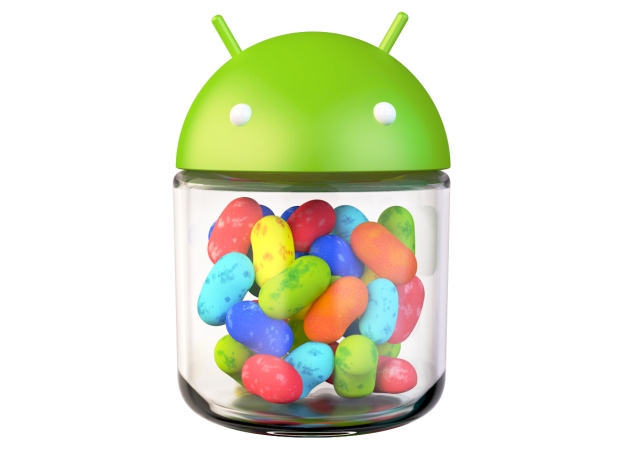The version history of the Android operating system began with the release of the Android beta in November 2007. The first commercial version, Android 1.0, was released in September 2008. Android is a mobile operating system developed by Google and the Open Handset Alliance, and has seen a number of updates to its base operating system since its original release. These updates typically fix bugs and add new features. Since April 2009, each Android version has been developed under a codename based on a dessert or sweet treat. These versions have been released in alphabetical order: Cupcake, Donut, Éclair, Froyo (frozen yogurt), Gingerbread, Honeycomb, Ice Cream Sandwich, and Jelly Bean. The pre-release versions of Android were dubbed Astro and Bender, but these names could not ultimately be used for trademark reasons.[1] The most recent update to the Android OS was Jelly Bean v4.1, which was announced in June 2012, and was released into the Android Open Source Project on July 9, 2012.
- Vsync timing across all drawing and animation done by the Android framework, including application rendering, touch events, screen composition and display refresh
- Triple buffering in the graphics pipeline
- Enhanced accessibility
- Bi-directional text and other language support
- User-installable keyboard maps
- Expandable notifications
- Ability to turn off notifications on an app specific basis
- Shortcuts and widgets can automatically be re-arranged or re-sized to allow new items to fit on home screens
- Bluetooth data transfer for Android Beam
- Offline voice dictation
- New interface layout for tablets with smaller screens (closer resembling that of a phone)[71]
- Improved voice search
- Improved camera app
- Google Wallet (for the Nexus 7)
- High resolution Google+ contact photos
- Google Now
- Multichannel audio
- USB audio (for external sound DACs)
- Audio chaining (also known as gapless playback)
